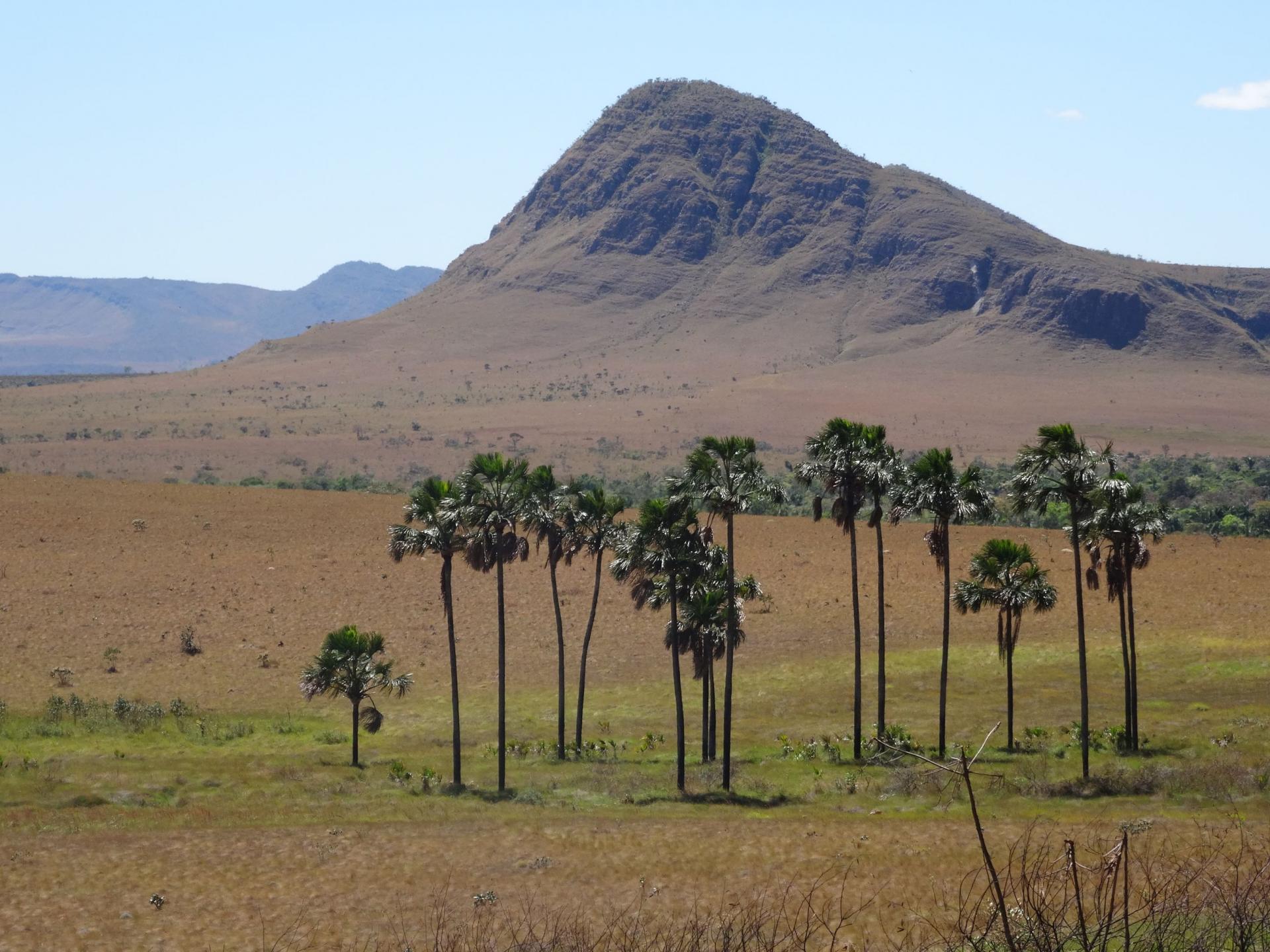Unique UNESCO World Heritage in Brazil - Part 2

As you could already see in our last article, Brazil has many cultural treasures, be it the beautiful historical center of Olinda, the capital Brasília, which impresses with its architecture, or the Carioca landscapes of Rio de Janeiro. But that is by no means all, because there is so much to discover in Brazil. No wonder that Brazil finds itself also on the UNESCO list of World Natural Heritage and Intangible Cultural Heritage. There is certainly one or another natural paradise, which is suitable as a destination during your next Brazil trip.
Brazil's World Natural Heritage
World Heritage sites include exceptional physical, biological and geological formations, habitats of threatened animal and plant species and areas of outstanding scientific, conservation or aesthetic value. Seven World Heritage sites can be found in Brazil.
1. Iguaçu National Park
2. Atlantic Forest South-East Reserves
3. Discovery Coast Atlantic Forest Reserves
4. Central Amazon Conservation Complex
5. Pantanal Conservation Area
6. Cerrado Protected Areas: Chapada dos Veadeiros and Emas National Park
7. Brazilian Atlantic Islands: Fernando de Noronha and Atoll das Rocas Reserve
1986 - Iguaçu National Park in Foz do Iguaçu, Paraná and Argentina
The impressive waterfalls of Iguaçu extend over about 8,858 feet (2,700 meters), with 20 larger and 250 smaller waterfalls. The Iguaçu National Park is located in Brazil and Argentina. From both sides, it is possible to visit the waterfalls. On the Brazilian side, you have a wonderful panoramic view of the waterfalls. On the Argentinean side, however, one can get very close to the waterfalls. The area of the national park is also home to many rare and endangered animal and plant species, including the giant otter and the giant anteater. The spray clouds created by the waterfall create an environment conducive to the growth of lush vegetation.
1999 - Atlantic Forest South-East Reserves, São Paulo and Paraná
The Atlantic Forest South-East Reserves in the states of Paraná and São Paulo contain some of the best and largest examples of Atlantic Forest in Brazil. The 25 protected areas, a total of about 1,161,395 acres (470,000 hectares), preserve the biological richness and evolutionary history of the Atlantic vegetation.
1999 - Discovery Coast: Atlantic Forest Reserves, Bahia and Espírito Santo
The Costa do Descobrimento, with the Atlantic Forest Reserves in the states of Bahia and Espírito Santo, is made up of eight individual protected areas, which together cover 296,526 acres (112 thousand hectares) of Atlantic Forest and sandbanks. The tropical forests on Brazil's Atlantic coast are the richest in the world in terms of biodiversity. They are home to a great variety of endemic species. An evolutionary pattern is emerging which is not only of great scientific interest but also of great importance for conservation. With mountains covered by dense forests and stretching through mangrove areas, coastal islands with isolated mountains and dunes, the area encompasses a landscape of great beauty.
2000 - Central Amazon Conservation Complex
Central Amazon is the largest protected area in the Amazon Basin (over 14,826,322 acres (6 million hectares)) and one of the most biodiverse regions on the planet. Located in the state of Amazonas, it consists of the Jaú National Park, the Mamairauá Reserve, the Amanhã Reserve and the Anavilhanas Ecological Station. It also contains important examples of alluvial ecosystems, Igapó forests, lakes and canals, which form an ever-changing water mosaic, that is home to the world's greatest variety of electric fish. The site protects some key endangered species, including pirarucus, black caimans and Amazon river dolphins.
2000 - Pantanal Conservation Area, Mato Grosso and Mato Grosso do Sul
The Pantanal Reserve consists of four conservation units with a total area of 464,108 acres (187,818 hectares). The protected area is located in the central-western region of Brazil and represents 1.3 percent of Brazil's Pantanal region, one of the largest freshwater ecosystems in wetlands in the world. The upper reaches of the two main river systems, formed by the Cuiabá River and the Paraguay River, are located in this region. The richness and diversity of the vegetation and animal life are spectacular.
2001 - Protected areas of the Cerrado: Chapada dos Veadeiros and Emas National Park, Goiás
The two national parks in the protected areas of the Cerrado are home to the fauna and flora and the habitats that characterize the Cerrado, one of the oldest and most diverse tropical ecosystems in the world. For thousands of years, these sites have served as refuges for various species in times of climate change and will continue to be crucial for the preservation of biodiversity of the Cerrado in the event of future climate fluctuations.
2001 - Brazilian Atlantic Islands: Fernando de Noronha and Atoll das Rocas Reserve
The peaks of the South Atlantic underwater mountains form the Fernando de Noronha Archipelago and the Rocas Atoll in front of the coast of Brazil. These areas make up a large part of the island surface of South America and their water wealth is of great importance for the reproduction and feeding of tuna as well as sharks, turtles and marine mammals. The islands are home to the highest concentration of tropical seabirds in the western Atlantic. Dolphin Bay is home to an exceptional population of local dolphins and at low tide, the spectacular landscape of Rocas Atoll, with its lagoons and natural pools rich in fish, can be seen.
Of course, there are many other great and unique places in Brazil to discover, even if they are not part of the World Heritage. Deserted beaches, impressive waterfalls and a diverse nature await you during your next Brazil vacation!
Quellen: portal.iphan.gov.br, weltkulturerbe-online.info, www.unesco.org, www.wikipedia.org

